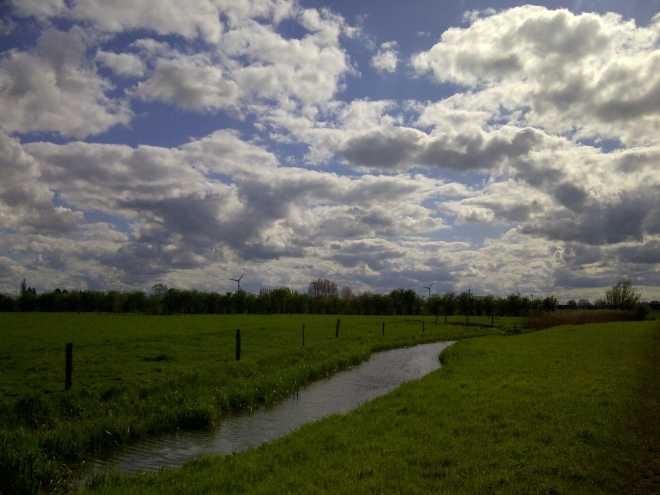De 11 Lijnen is an exhibition space for contemporary art on a working farm in Oudenburg, Belgium. The gallery is housed in a seventeenth-century agricultural building that was renovated and expanded, together with the farmhouse, by the Pritzker prize-winning architect Álvaro Siza. It opened in 2002. The idea was to create a discrete space for art and, above all, a place: first for the artist and then for the art. A place where things can happen. De 11 Lijnen is a setting for authenticity and reflection, away from the central art scenes. Artists who fulfil a pivotal function and who break new ground are invited to exhibit their work or develop a site-specific project. The initiative takes its name from a historical and variable unit of measurement found only in the Low Countries, the lijn (typically a unit of 100 roeden). Originally, the fields around the farm were measured in lijnen (1 lijn = 1,459 square metres). The farm was founded in 1690 and is situated within a protected polder landscape. Oudenburg’s unique topography was shaped some 18,000 years ago by the rising sea levels caused by the last Ice Age. This resulted in extensive flooding, known as transgressions. A swampy area of mud flats gradually materialised and the shoreline crept further inland. The vestiges of this process are clearly visible in the demarcation line between the polder and the sand region. Oudenburg lies precisely on the border between these two very different types of landscape. A headland also emerged along the unpredictable coastal plain: a piece of land jutting out into the sea. This proved to be a perfect point from which to defend the North Sea coast.
The name Oudenburg means ‘old castellum’, a reference to the three successive forts built by the Romans at this strategic site. After the Goths conquered Italy at the end of the fourth century, the Roman Empire came under intense pressure: all the troops were recalled from the border areas to provide vital reinforcements. The fortress was abandoned and eventually fell into ruin. Meanwhile, the landscape also underwent several significant changes. The sea slowly retreated in what is known as a regression. A dune belt gradually formed that acted as a barrier between sea and land. The emergent terrain was comprised of salt marshes, which we call the polders. The marshland was eventually drained through the construction of dikes and transformed into highly fertile agricultural land. The exceptional mix of vegetation that characterises the polders is sustained by the sea water that still infiltrates the area via creeks. Here in Oudenburg, the rugged flatland seems small beneath the infinite sky, the northern light is exceptionally clear, and the reeds bend in the fierce winds.
